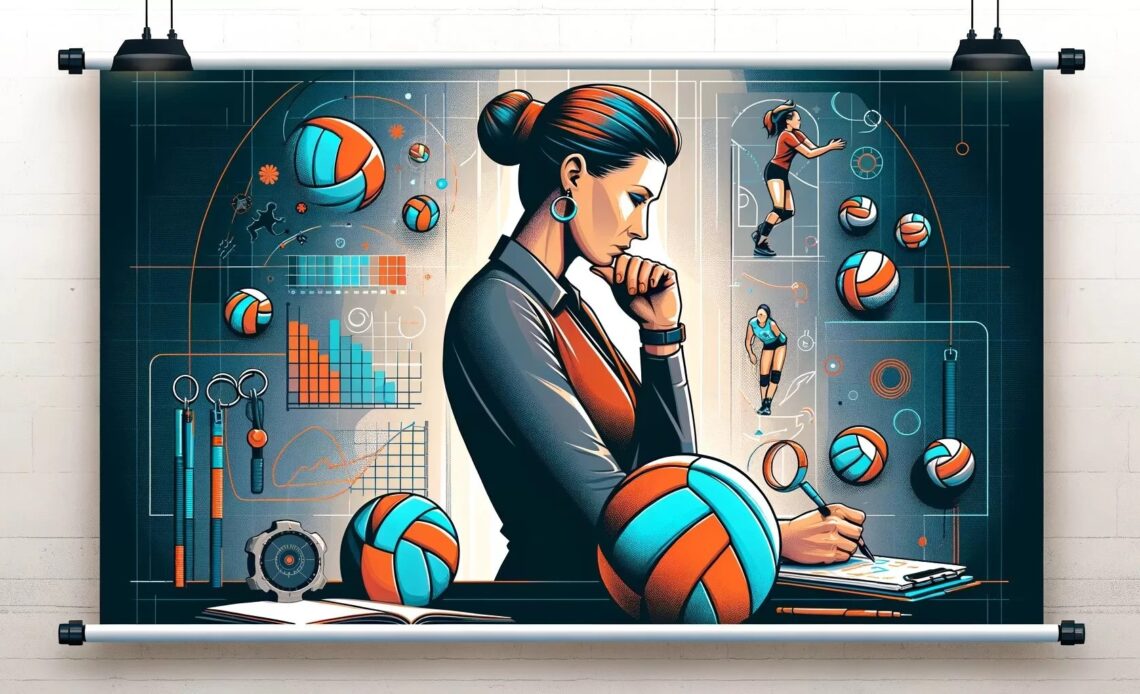The title of this post is something I think a lot of people have heard. I wasn’t one of them until I read it in a Tom Clancy novel in 2022 or 2023. I was coaching at Radford at the time. While I understand the idea, it’s troubling to me when I consider it in the context of coaching. There are two related reasons for this.
There’s no universally applicable solution
I’ll start off with the reality of volleyball and other sports where the context in which a player executes skills constantly varies. If we were talking about playing violin, or something like that where there is a precise technical chain of actions, then this idea definitely makes sense. The musician is in complete control of themselves and their instrument. There is a clear right and wrong way to play the song the way they want to play it. And they want to be able to repeat that in every performance they give (excluding improvisation, of course).
In volleyball, however, a player essentially never does the exact same thing twice in game play. There’s always some variation. We’re not training players to be able to execute the same thing the same way over and over. We’re training them to use skills in the myriad of ways they’ll need to employ them while playing the game. It’s the whole idea of “repetition without repetition” that Rob Gray speaks about in his book How We Learn to Move, and in the videos I share here.
Development isn’t about making it perfect
The second thing I’d say on this “until you can’t get it wrong” idea is that it works against developmental progression. We don’t want to wait for players to be perfect at something before progressing them. If we did, we’d be waiting much longer than necessary to move them on to the next challenge.
This is well represented by an idea I bring up in The Perfect Drill. In that book I share something USA Women’s National Team assistant coach Tama Miyashiro mentioned during a session at the 2022 AVCA Convention. She told attendees that in their gym, once a player (or group, presumably) gets to about 50% success with whatever they’re working on, they up the level of challenge. That’s a long way from “until you can’t get it wrong”! It also dovetails with what I previously mentioned about how they for a failure rate of about 1 in 3.
In other words, we want failure. That tells us there’s challenge, and challenge is what drives development.
6 Steps to Better…
Click Here to Read the Full Original Article at Coaching Volleyball…

